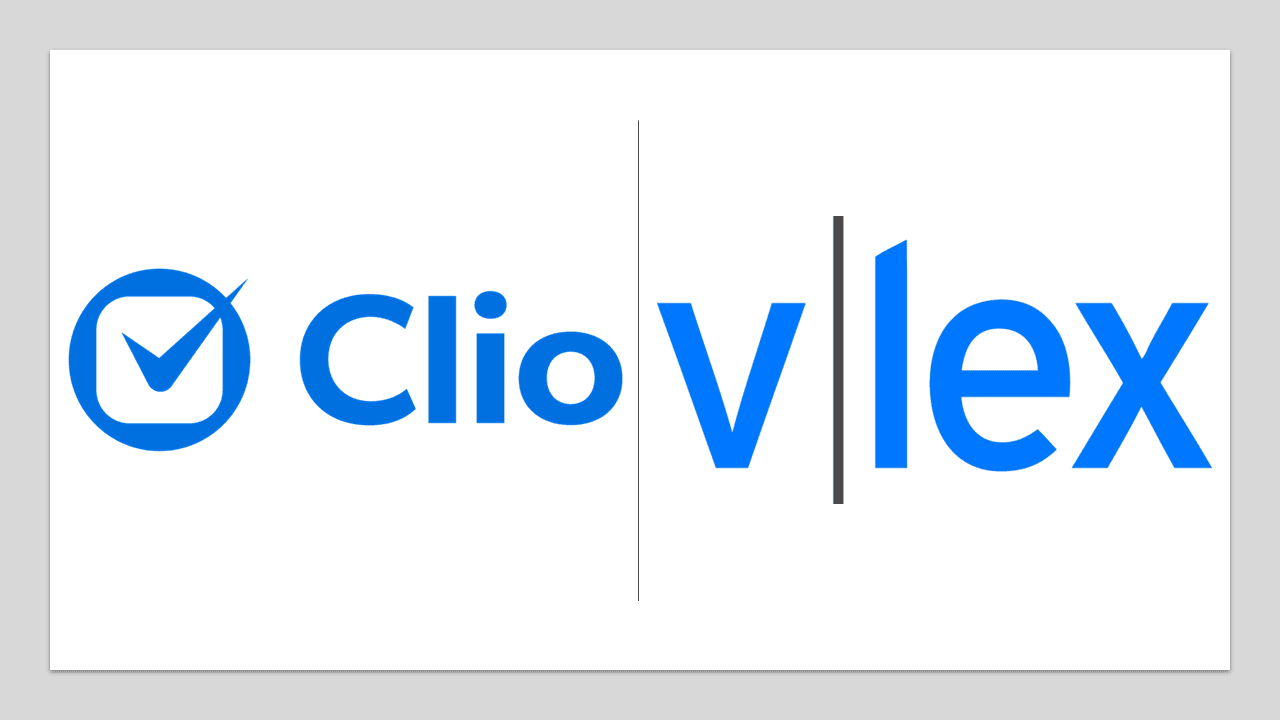Clio-vLex: Have We Seen This Movie Before

As the DotCom bubble burst and the Internet business I was working for was imploding, I found safety at the company where I had started my career – LexisNexis. For 2001 and 2002, I managed HotDocs, their Time Matters relationship, and a few other software properties in the otherwise research-heavy portfolio of products.
My initial reaction to the Clio acquisition of vLex was that I’d seen this movie before. At the time, there was a desire to integrate research into the Time Matters practice management software and bundle it together. I recommended delaying the acquisition of Time Matters, which was a contributing factor in my second departure from the company. There were several reasons why I didn’t feel the approach made sense at the time.
Around the same time, Thomson acquired the ProLaw practice management platform, as well as Elite. Today, neither LexisNexis nor Thomson owns these properties outright. LexisNexis established a relationship with LEAP and Thomson Reuters divested a majority of the combined ProLaw and Elite businesses in 2023.
The challenge of bundling content and software
Throughout my career, I've observed instances where attempts have been made to integrate content and software, with most of them resulting in limited success. One reason is that the buying process differs for content versus software.
Making information available at the point of need is important, but it must enable a workflow to be completed, which is easier said than done.
The one area where I've seen truly positive results of integrating content into a software product was in the CPA market for tax software, and that was a relatively narrow use case.
When a tax professional is stuck on a specific line on a tax return (like the IRS 1040) during the middle of tax season, the last thing that professional wants to do is conduct research. They just want a quick answer (if possible) to proceed to the following line in the tax return, so they can finish and move on to the next tax return. If there are links to more detailed information specific to each line on the tax return form, then providing specific instructions that help break the logjam can be helpful.
True research is an interruption to a workflow
So why is it so challenging for information to be integrated into workflow? The answer, in my humble opinion, is that conducting research is by definition an interruption of a workflow. It means a professional is stuck and needs to stop what they are doing to figure out what they don’t know. Research is its own workflow. Once research is completed, the interruption in the core workflow can be unblocked, or the research may inform a totally different direction.
Don’t get me wrong, there are situations where content can be integrated into software. Citation checking in word processing software is a great example. Docket filings can also be used to drive litigation workflow for case management.
If this is the same movie, there is a huge plot twist
Clio’s acquisition of vLex may bear some resemblance to prior efforts to integrate content and software, but there is a third ingredient now: Generative AI.
Generative AI blurs the lines between research, workflow, and work product. Clio and its investors are betting that not only does Generative AI blur those lines, but it will also allow the business of law and the practice of law to be more closely aligned. Certainly, client data housed within Clio can help provide greater context for Generative AI to operate upon. Generative AI also offers a different approach to completing work that may eliminate some research tasks.
In addition to the plot twist, as a $1 billion acquisition, this is a much bigger budget production.
What does Clio need to do to be successful?
The acquisition of vLex is big and bold, much like a big-budget blockbuster movie. The very fact that Jack Newton and Clio did this deal in the first place gives credibility and demands that customers reconsider their approaches as they execute on the strategy.
There will likely be natural cross-sell opportunities across the respective customer bases. Market segmentation will also be key. Should the combined Clio-vLex focus on the small-mid law firm market? Is large law an achievable prize, or is it a mirage in the distance? And then there are non-US markets to consider.
Generative AI through vLex’s Vincent AI represents a true opportunity to focus on the workflows that blur the lines of content and software, while also blurring some of the lines between the business of law and the practice of law.
We are in the early stages of both approaches, and it’s okay if everything doesn’t unfold according to plan. That is inevitable. In my humble opinion, the key here is to identify quickly what works and what needs more time. There are plenty of options to pursue, and the key will be to prove out the best options, including which market segments to target.
With that knowledge, the team must be relentless in focus and execution as specific opportunities prove out to be commercially viable.
Hats off to the combined Clio-vLex team! This is a bold and fascinating play. If a fraction of the potential is achieved, it will permanently alter the legal landscape if it hasn’t already.
